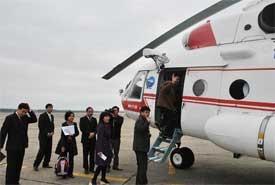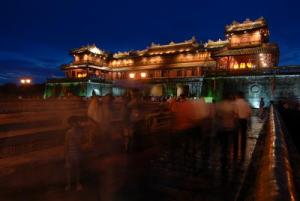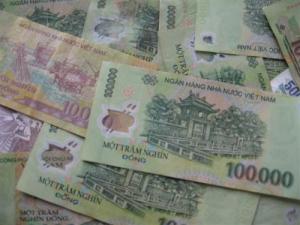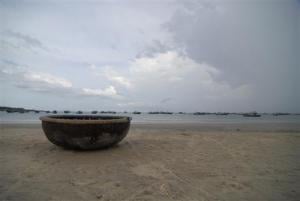Though investors can see clearly that the demand for children’s leisure centers
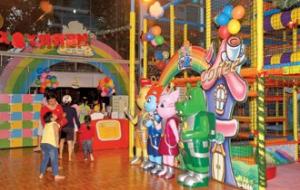
Though investors can see clearly that the demand for children’s leisure centers is very high, and that the market has great potentials to develop, they still keep hesitant to inject money in the field, because they anticipate a lot of difficulties would be met if jumping into the market.
“The number of existing leisure centers is just like a drop of water in the ocean of the demand. Children are really thirsty for amusement parks,” said Le Quang Hung, General Director of KizCiti, an amusement and education park.
Demand big
There are about 24.6 million of children aged from zero to 16, accounting for 27.5 percent of the total population. In ${bigcity_Ho_Chi_Minh_City:”HCMC”} alone, there are 1.7 million children aged less than 16, accounting for ¼ of the city’s population. Meanwhile, the current leisure centers for children just can satisfy a very small part of the demand.
The playing fields at the schools are usually the small yards, where students go to in break time, while the leisure centers outside schools are poor and unequipped. There are less than 20 amusement parks at large scale. However, well known parks such as Dam Sen and Suoi Tien are located far from the city’s center. In fact, they are the playing fields for all the citizens of the city, not only for children.
At public parks, parents and children have nothing to do except the “game of walking” in a narrow atmosphere. Meanwhile, a lot of parents do not want to bring their children to parks, which is also the dating point for couples.
A lot of private invested amusement parks have been built to satisfy the demand of children. However, they remain poor equipped with poor material facilities and few games and toys. In general, the amusement parks also serve other types of business of the owners, and the area reserved for children is always minimized to give place to other activities which can bring more profits to owners.
This makes children feel bored when going to the centers. And once they are not satisfied with some places, they would never return there for the second time. This explains why some investors tasted defeat just after a short time of jumping into the business field.
Where to obtain land for amusement parks
In the current difficulties, there are still the investors who are determined to develop leisure centers for children which serve as education centers as well.
tiNiWorld or KizCiti are the two examples. However, the investors of the two projects say they are facing too many challenges.
tiNiWorld has developed 9 amusement places after two years of operation. Every month, it receives over 50,000 children to the nine places. 60-70 percent of the activities in the amusement places are free for children, while the other 30-40 percent are reserved for the games for that children have to pay fees.
The aim of tiNiWorld is to create a playing field for all children from different classes in the society. However, this proves to be a difficult task, because the land leasing fees in the central areas are much higher than that in the suburbs. Therefore, tiNiWorld has to apply different admission tickets at different amusement places, ranging from 30,000-60,000 dong.
KizCity provides 20 different games with which children can take a lot of different jobs from physicians, engineers, pilots, or office workers. KizCiti’s investor has poured the initial investment capital of 40 billion dong into the amusement park.
It is expected that KizCity would receive 400-500 children everyday on ordinary days. On holiday, the number may reach 1200-1500. The admission tickets are priced at 180,000 dong on ordinary days and 220,000 dong on holidays. As such, if KizCiti receives 400 children per day, it would earn 2.7 billion dong a month. Besides, it also can earn money from parents who associate their children.
However, Hung said that the biggest headache for the investors when developing amusement parks for children is the lack of premises. In general, land leasing fee would account for no less than 70 percent of the total investment capital.




